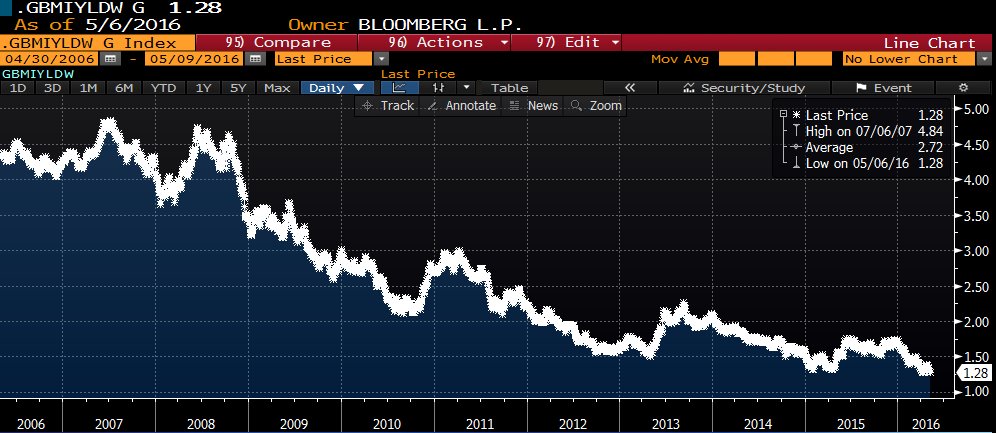http://www.sec.gov/Archives/edgar/data/1019946/000089418916009530/purisma_497e.htm497 1 purisma_497e.htm SUPPLEMENTARY MATERIALS
THE PURISIMA FUNDS
Supplement dated May 6, 2016 to
Prospectus dated December 31, 201
5The Board of Trustees (the “Board”) of The Purisima Funds has determined that it is advisable to liquidate, dissolve and terminate the legal existence of the Trust, including both of its series, The Purisima Total Return Fund and The Purisima All-Purpose Fund (each, a “Fund” and together, the Funds”). In connection with this determination, the Board has adopted a plan of liquidation. Please note that the Trust will be liquidating its assets on or about June 30, 2016 (the “Distribution Date”).
In connection with the liquidation of the Trust, effective immediately, the Trust will CEASE SALES OF FUND SHARES. In addition, effective immediately, the Trust’s investment manager, Fisher Asset Management, LLC (the “Manager”), will begin an orderly transition of the Trust’s portfolio investments to cash and cash equivalents and each Fund will thereafter no longer be pursuing its investment objective.
At any time prior to the Distribution Date, investors may redeem shares of the Fund. On or about the Distribution Date, the Funds will liquidate their assets and distribute cash pro rata to all remaining shareholders who have not previously redeemed their shares. If you still hold shares of the Trust on the Distribution Date, we will automatically redeem your shares and remit the cash proceeds to you (via check or wire) based on the instructions listed on your account.
The redemption, sale, exchange, or liquidation of your shares may be a taxable event to the extent that your tax basis in the shares is lower than the liquidation proceeds per share that you receive. You should consult your personal tax advisor concerning your particular tax situation.
If you are a retirement plan investor, you should consult your tax adviser regarding the consequences of a redemption of Fund shares. If you hold your Fund shares through a tax-deferred retirement account, you should consult with your tax adviser or account custodian to determine how you may reinvest your redemption proceeds on a tax-deferred basis. For example, if you hold your shares in an IRA account directly with U.S. Bank N.A., you have 60 days from the date you receive your proceeds to reinvest your proceeds into another IRA account and maintain their tax-deferred status. You must notify the Fund or your financial advisor prior to June 1
5, 2016 of your intent to reinvest your IRA account to avoid withholding deductions from your proceeds.
Please contact the Trust at 1-800-
550-1071 if you have questions or need assistance.
Please retain this Supplement with your Prospectus and SAI for future reference.

